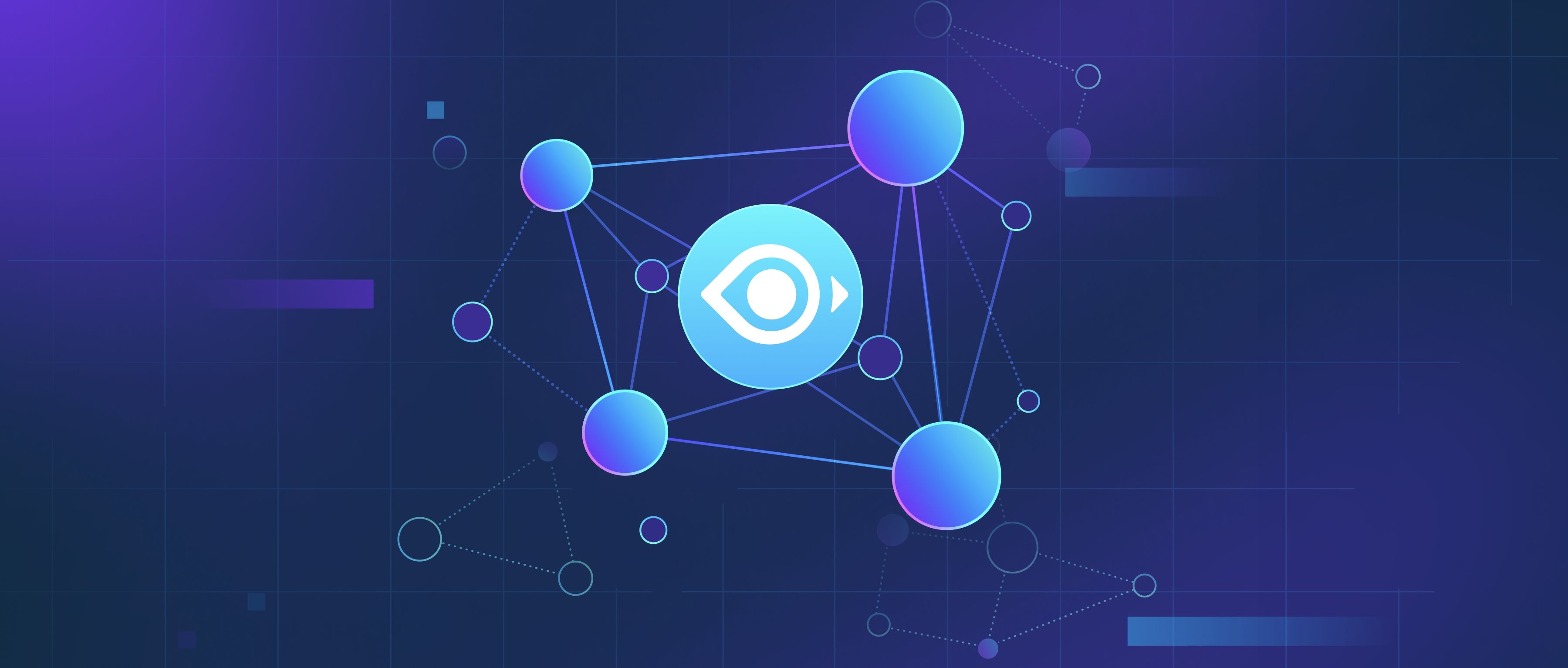A computer vision scientist should have a deep understanding of image processing, machine learning, and deep learning concepts. Proficiency in programming languages like Python or C++ and libraries like OpenCV, TensorFlow, and PyTorch is essential for developing and testing algorithms. Knowledge of mathematical concepts such as linear algebra, calculus, and probability is critical for understanding and designing vision models. Familiarity with datasets like ImageNet or COCO and expertise in handling annotations and preprocessing tasks are important. Additionally, staying updated with the latest research and trends in computer vision, such as transformers and multimodal AI, is crucial for innovation in the field.
What should a computer vision scientist know?

- The Definitive Guide to Building RAG Apps with LangChain
- How to Pick the Right Vector Database for Your Use Case
- Master Video AI
- Embedding 101
- Retrieval Augmented Generation (RAG) 101
- All learn series →
Recommended AI Learn Series
VectorDB for GenAI Apps
Zilliz Cloud is a managed vector database perfect for building GenAI applications.
Try Zilliz Cloud for FreeKeep Reading
How do I set up LangChain in my Python environment?
To set up LangChain in your Python environment, you'll need to follow a series of straightforward steps. First, ensure y
What is a bidirectional RNN?
A bidirectional RNN (Recurrent Neural Network) is a type of neural network specifically designed to process sequential d
How do benchmarks handle highly dynamic workloads?
Benchmarks handle highly dynamic workloads by simulating varied conditions that reflect real-world usage scenarios. This